
How did traditional African hair practices shape community identity?
Traditional African hair practices served as living blueprints of community identity, communicating status, heritage, and spirituality through intricate styles and rituals.

What ancestral uses of shea butter shaped hair practices?
Ancestral uses of shea butter profoundly shaped textured hair practices by offering deep moisture, protection, and aiding in culturally significant styling and communal rituals.
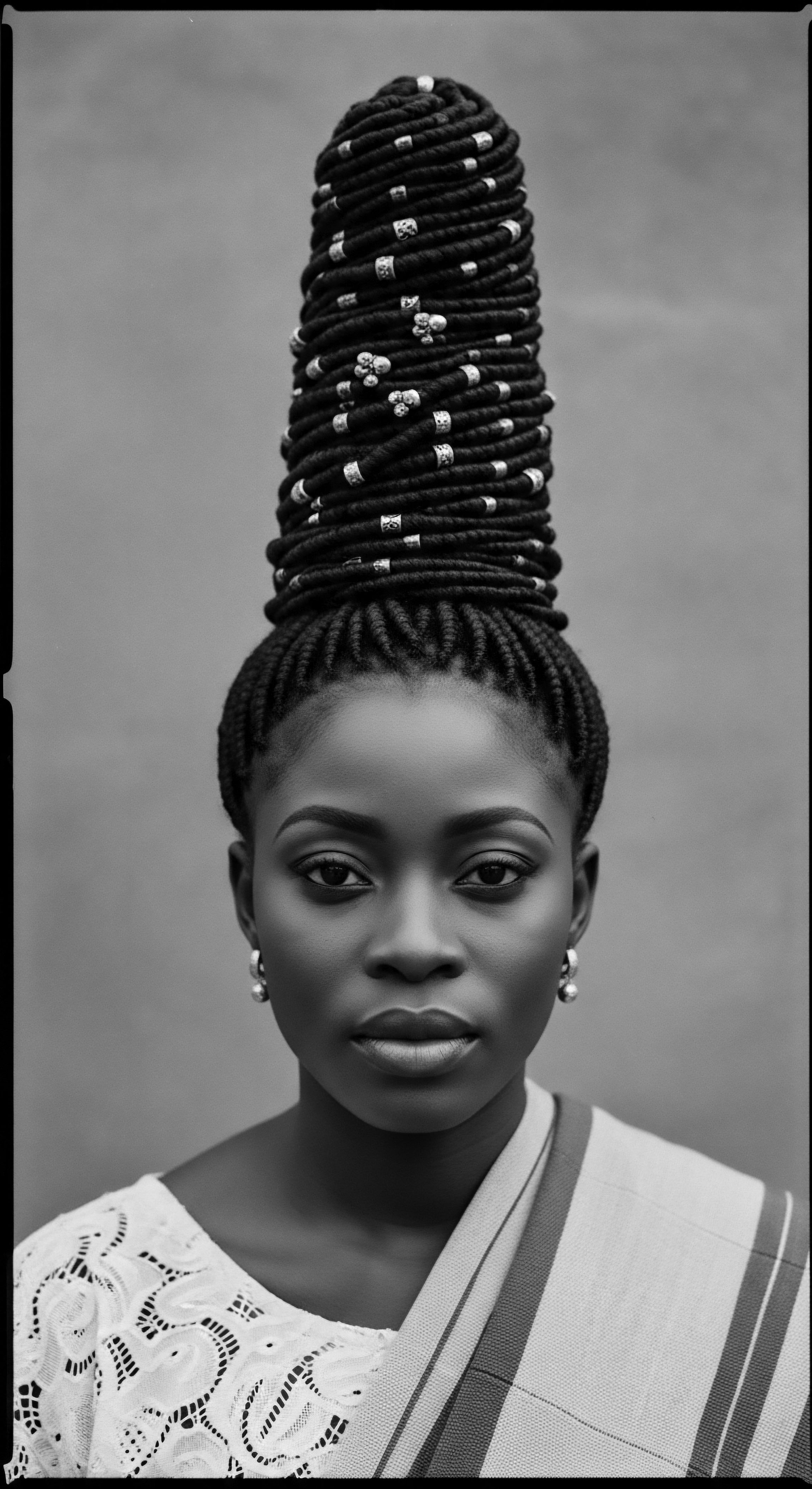
How did ancient Egyptian hair care influence social standing?
Ancient Egyptian hair care, through elaborate wigs and specific styles, directly communicated wealth, purity, and social standing, forming a heritage for textured hair expression.
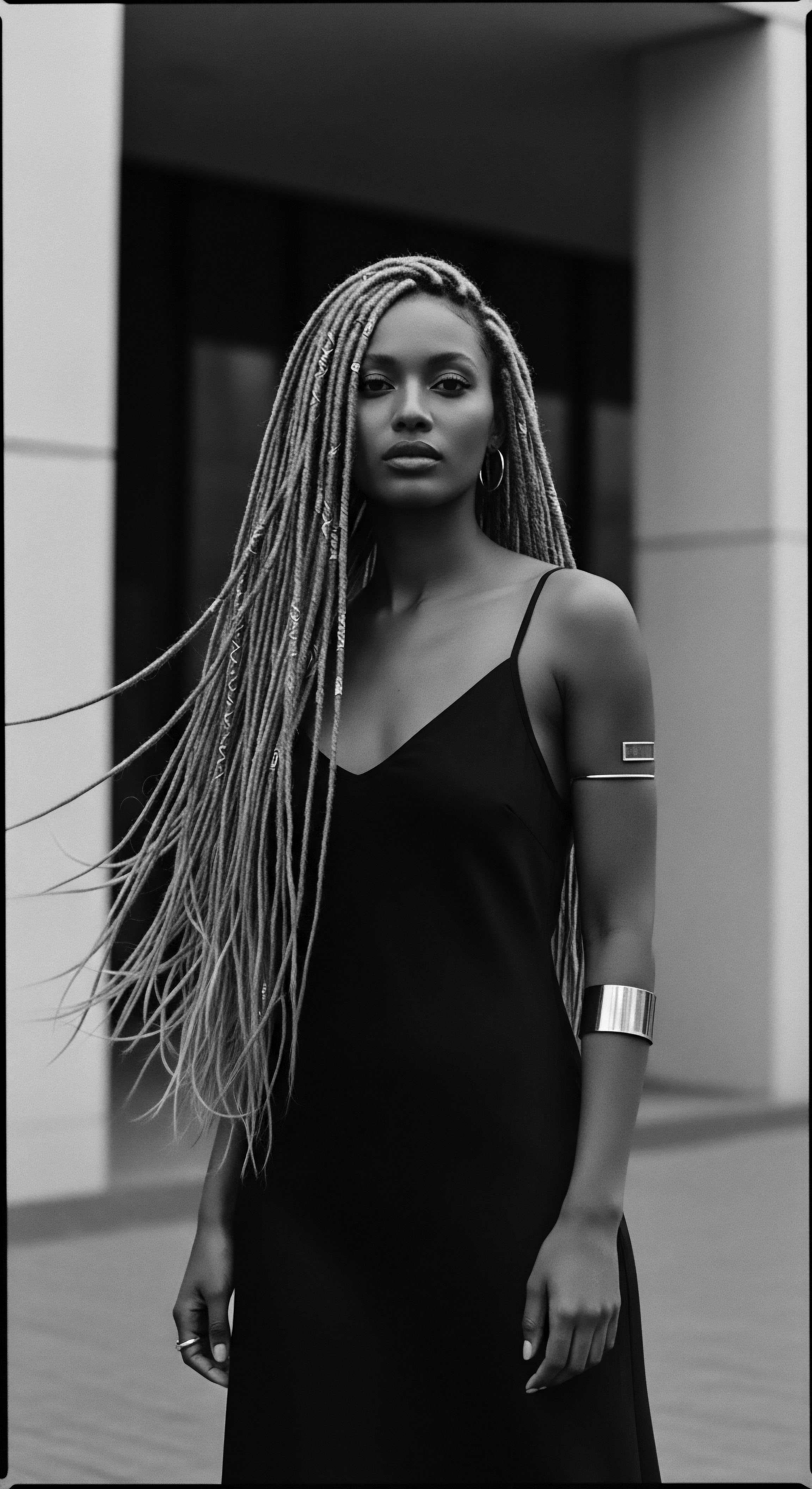
How did plant use in hair care evolve through the African diaspora?
Plant use in textured hair care evolved through the African diaspora as ancestral knowledge adapted to new environments, blending botanical wisdom with cultural resilience.

Which traditional oils supported coiled hair growth?
Traditional oils like shea butter, coconut, and castor oil, deeply rooted in ancestral practices, supported coiled hair growth by nourishing the scalp, strengthening strands, and minimizing breakage.
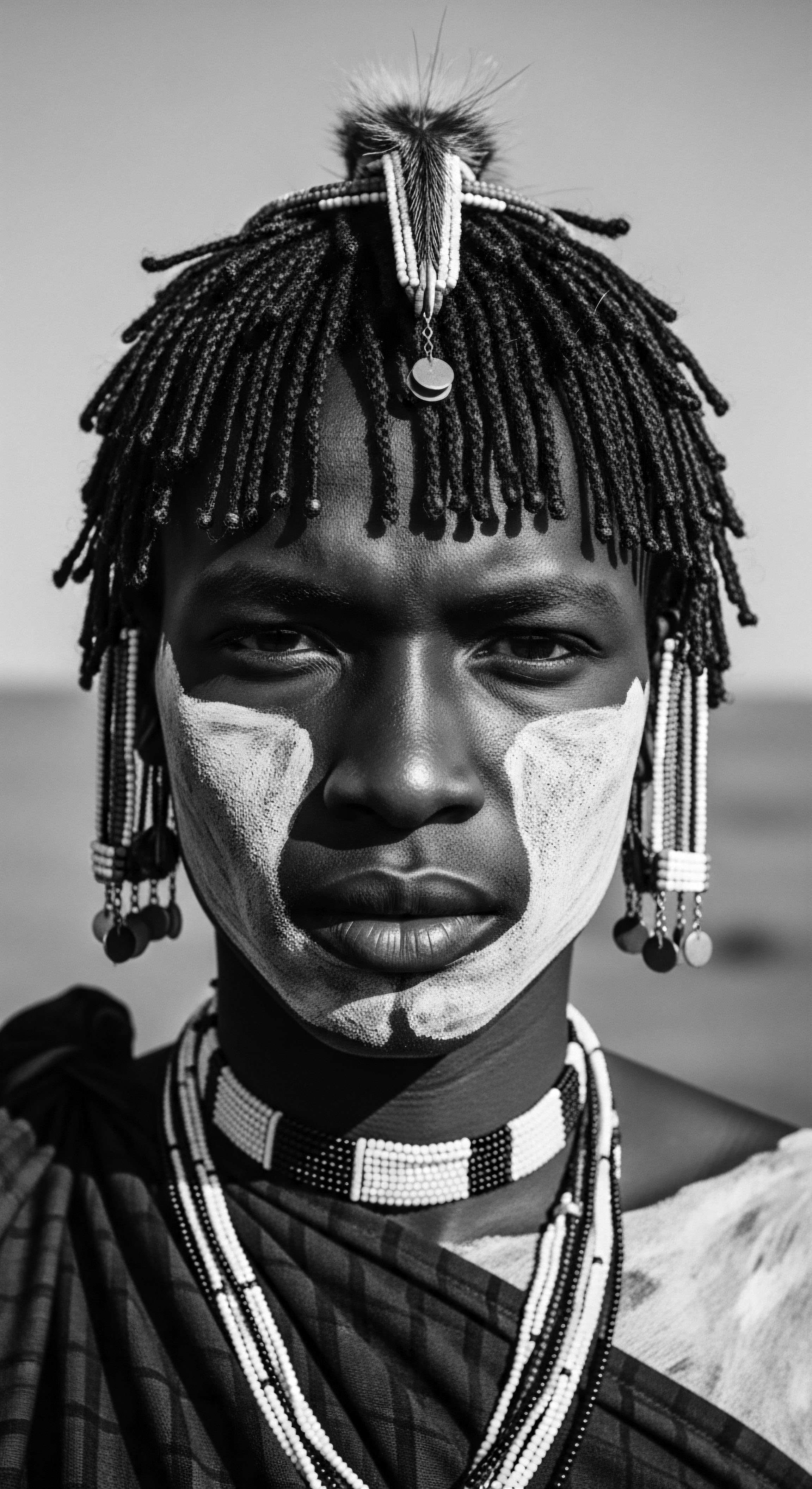
How do ancestral hair care practices influence modern beauty standards?
Ancestral hair practices profoundly shape modern beauty standards by preserving the heritage, rituals, and profound identity woven into textured hair care.

How do community bonds influence traditional textured hair care practices over centuries?
Community bonds historically transmitted vital knowledge and rituals, sustaining textured hair care as a heritage act.

In what ways did henna contribute to hair strength for textured strands?
Henna fortifies textured hair by bonding lawsone to keratin, reinforcing strands, and honoring a rich ancestral care heritage.
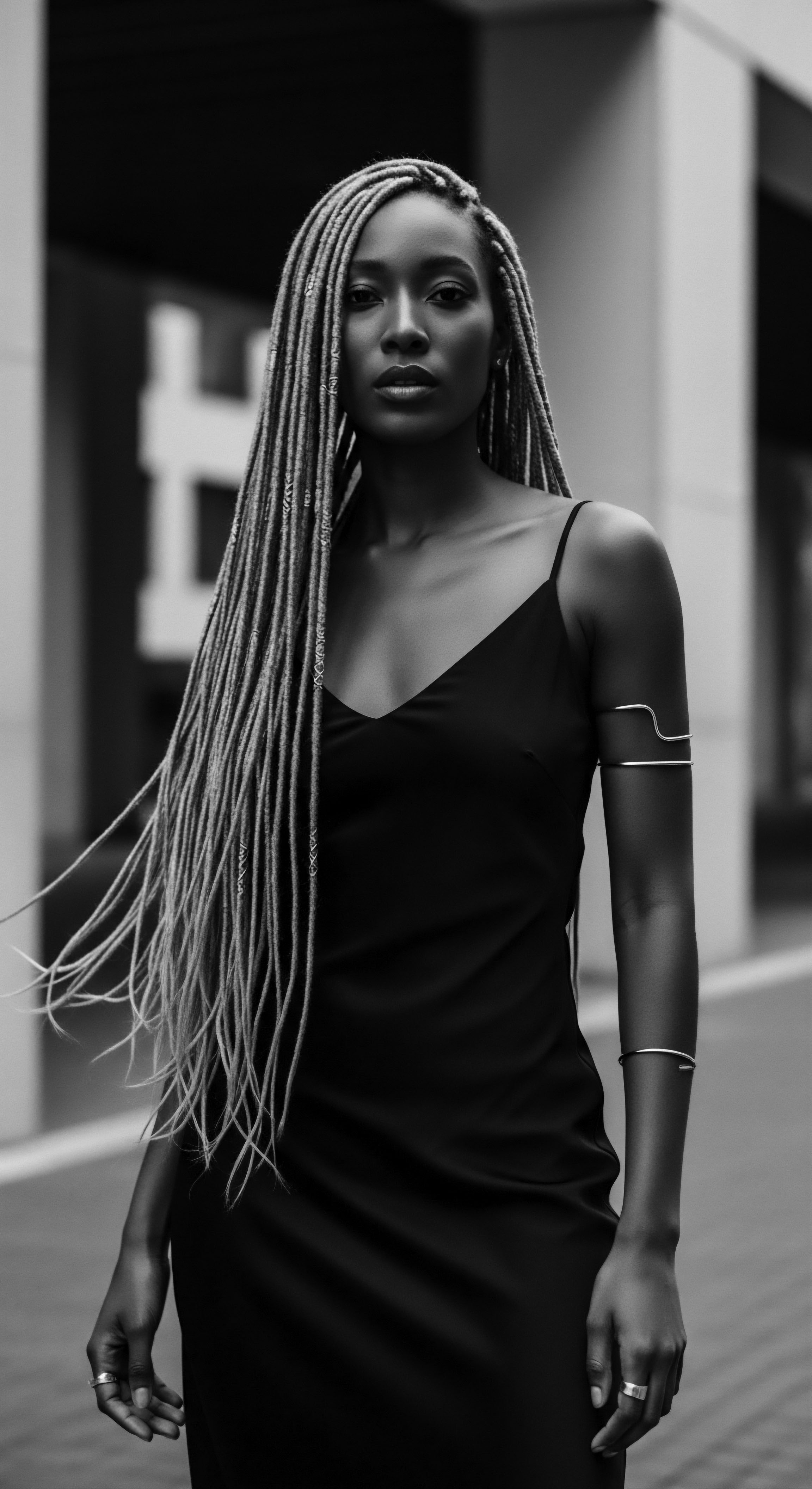
How did ancient textured hair combs connect to cultural identity?
Ancient textured hair combs connected to cultural identity by serving as tools for styling, markers of status, and spiritual symbols in textured hair heritage.

How did ancestral knowledge inform plant selection for textured hair in diverse environments?
Ancestral plant selection for textured hair sprang from deep environmental observation, shaping traditional care and cultural heritage.

How does textured hair architecture enable ancestral styling techniques?
Textured hair's unique coil and follicle shape naturally enable ancient coiling, braiding, and knotting techniques, preserving a rich cultural heritage.

What is the lineage of textured hair cultural practices?
Textured hair cultural practices represent a rich heritage of identity, resistance, and communal care originating in ancient African societies.
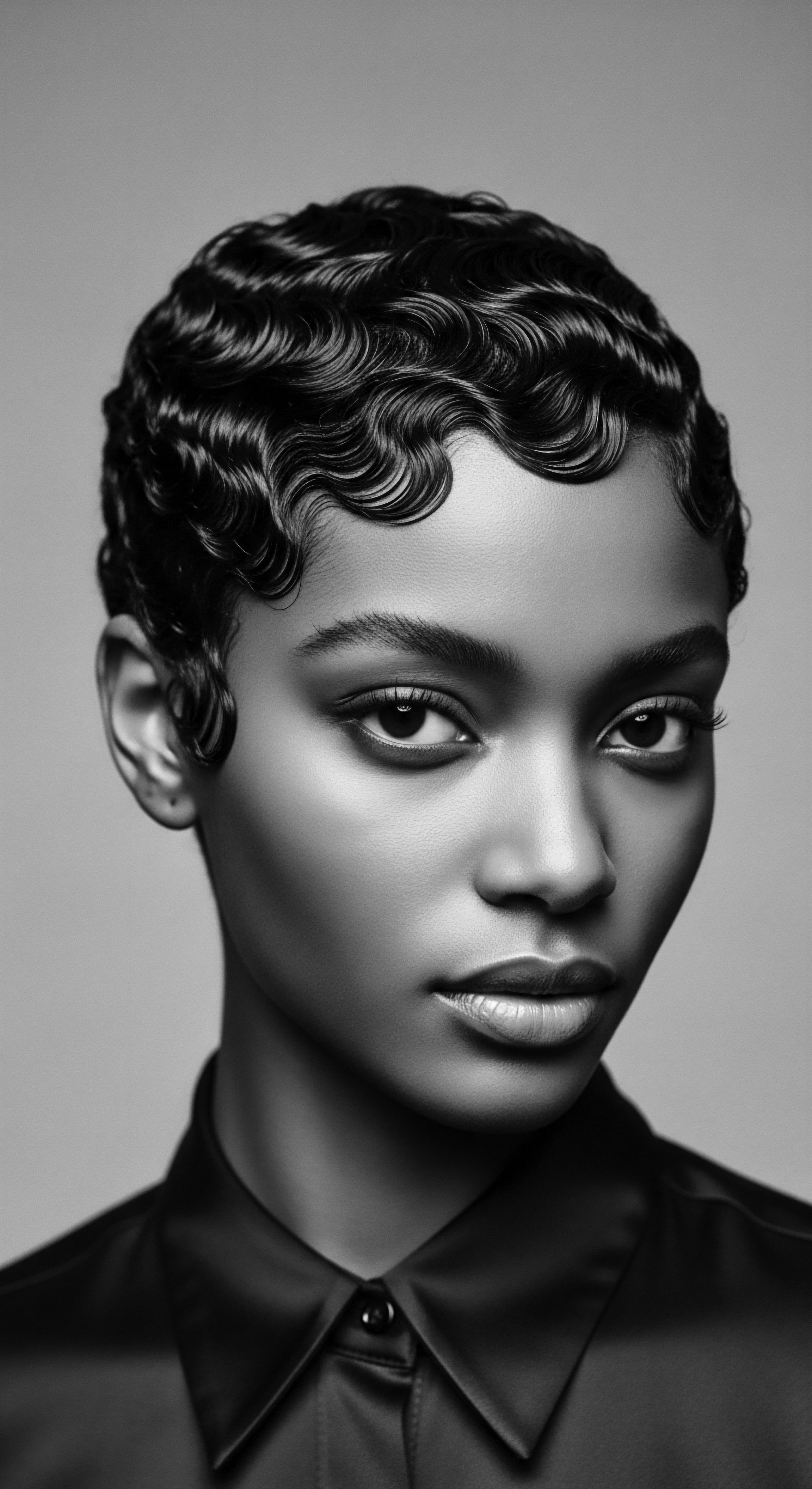
What ancestral materials formed early textured hair combs?
Early textured hair combs were crafted from abundant natural materials like wood, bone, ivory, and shell, reflecting a profound heritage.

Can historical hair practices offer insights into modern textured hair routines?
Historical hair practices offer ancestral wisdom, providing a heritage foundation for modern textured hair routines.

